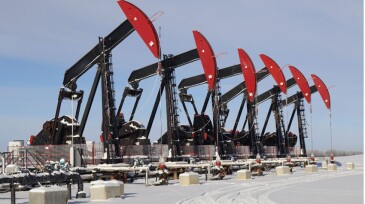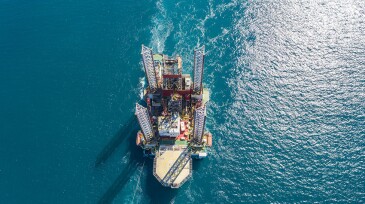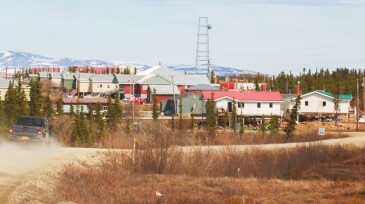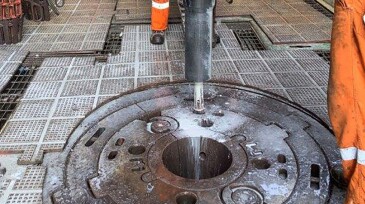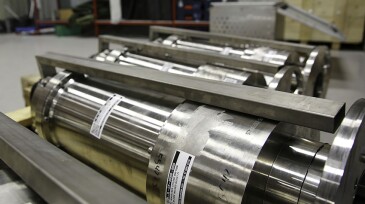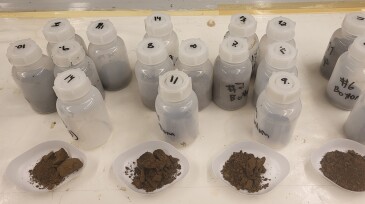case study
-
Field examples from the Bakken Shale and Permian Basin illustrate the benefits of deploying polymer-coated and uncoated scale inhibitors in unconventional wells.
-
New case studies highlight how artificial intelligence, advanced hardware, and innovative business models are enabling success in drilling automation.
-
Advanced tracer technology was deployed in Oklahoma to analyze production across lateral well sections.
-
Field examples of operators using chemical restimulation to boost production in aging unconventional wells as an alternative to acid treatments.
-
This paper presents collaborative initiatives instigated by of a global energy technology company with indigenous communities. The case studies presented in the paper have the goal of encouraging participation in the workforce as well as encouraging the development of environmental, sustainability, and educational programs.
-
The oil and gas industry must balance global energy demands with stricter environmental regulations, particularly in drilling, where risks and complexities are higher. Innovative technologies, like those used in this stuck-pipe scenario offshore Azerbaijan, are key to overcoming these challenges and improving safety, speed, and efficiency.
-
Low flow rates presented a challenge in handling solids from a jetting operation before reinjection. A new cyclone was designed, tested, and installed in just 4 months to manage the suboptimal conditions.
-
The pitfalls of utilizing an existing vessel without proper review are highlighted.
-
This case study outlines a methodology to optimize and control hydraulic fracturing parameters by achieving 100% cluster efficiency and overcoming formation leak-off.
-
This case study investigates the reasoning behind the solidification of barite behind the casing with the aim of developing solutions for efficient casing removal and the potential use of settled barite as a barrier material.

